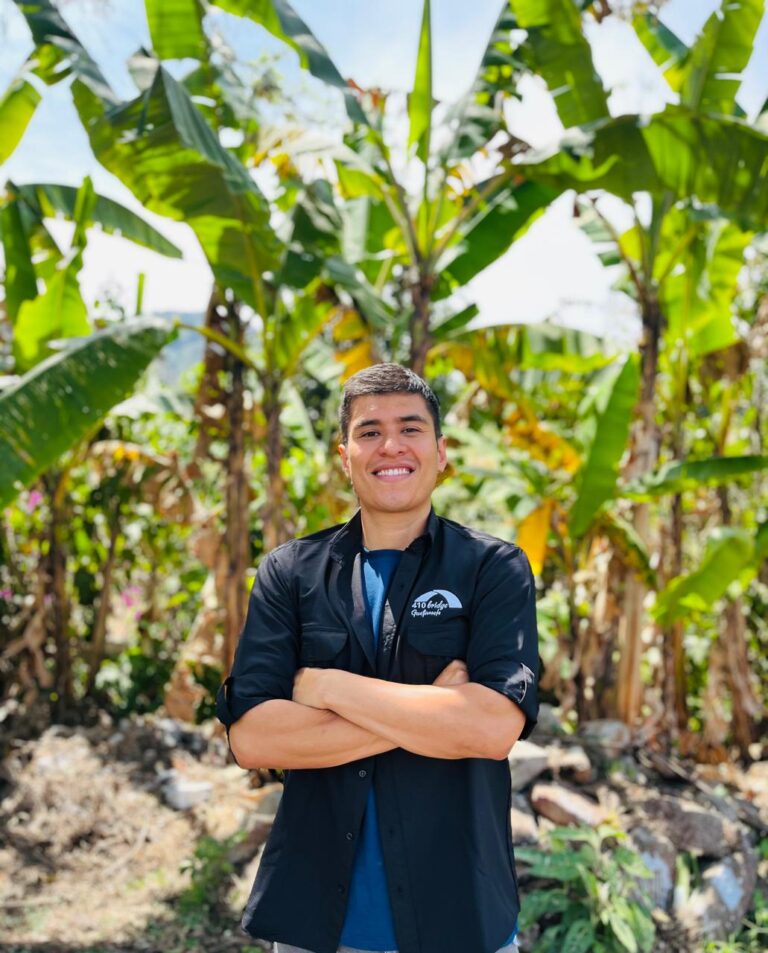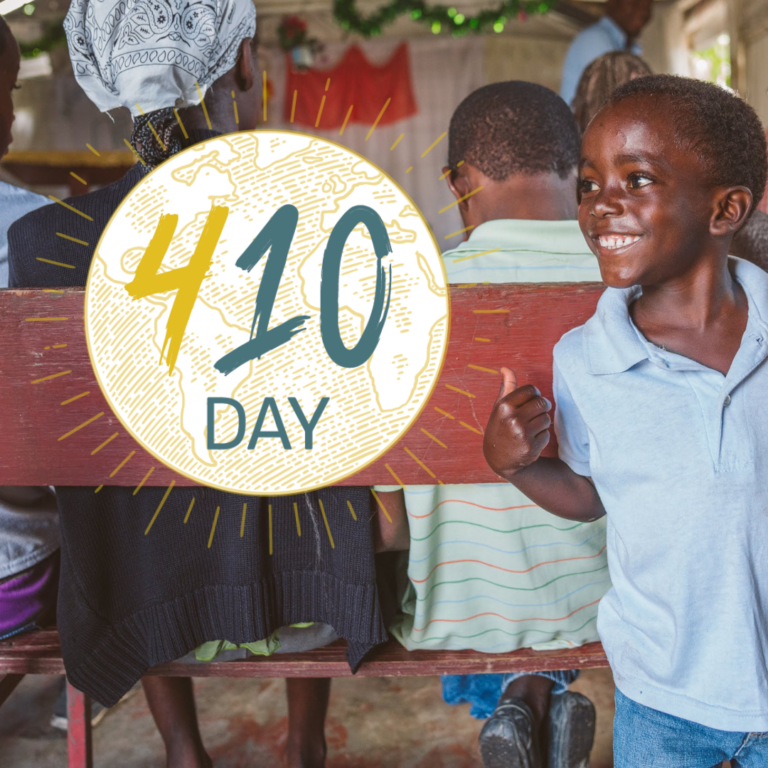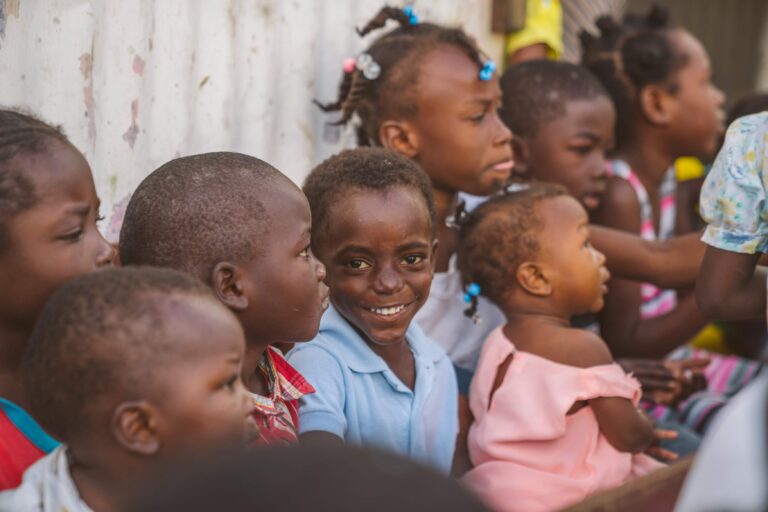Greetings from East Africa, Kenya! My name is Claire, currently serving as the program director.
Sit back, relax and take this brief journey with me as I describe the 410 Bridge model, what makes it different from other missions’ models I have seen at work, what I like about the model, some of the hardships presented by The 410 Bridge model and a way I have seen the model work through my job at The 410 Bridge. Here we go…
So, here’s my question: have you ever been on your life’s journey trying to figure out, “What is ‘the why’ behind my existence?” Well, for me, this question crossed my mind at different stages in my life. Whenever I would get to a point where I thought I had figured it all out, it would only be a matter of time before that feeling of ‘emptiness’ crept back.
Having come to the point where I understand what it means to live your God-given purpose, I can say this is exactly what The 410 Bridge model seeks to achieve in and through the lives of the people who are touched on the journey. I would describe the model, first, as a vessel that helps those who experience it, get to see the significance of looking at their cup, as a cup that is half-full as opposed to being half-empty. The model then goes on to the next level of helping those who experience it understand what that half-full cup means to them in their context and how they can use what is in the cup to fill it up to overflow by discovering and living their God-given purpose.
This is a matter of mindset shift (Romans 12:2) – a total shift from what one believes about themselves and the world around them because the perspectives we have will always influence what we think, say and do (thought, word, and deed). What this looks like on both sides of the bridge is equal to the transformation of the mind from viewing poverty as a “material need” to a “worldview issue” i.e. how one views their cup. At a community level, this means giving the community (through their leaders) not only a seat but also a voice at the decision-making table to develop and drive their community’s vision.
When it comes to community development, what is considered a ‘good’ thing can have negative repercussions. Now, this is where the difference lies with The 410 Bridge model compared to others. Most models lean on the natural human tendency to help by doing the ‘good’ thing based on what is seen at that moment in time – but the question remains, what about tomorrow? What are the consequences of the choices made by doing the ‘good thing’ as opposed to the ‘right thing’?
Secondly, in other models, the approach is more of the organization viewing the community as the problem to be solved, deciding what the needs of the community are, and then going on to meet these needs without taking a deep dive into the layers of community perspectives that are the root cause of this need – poverty. The repercussions of these actions create a dependency syndrome, leaving communities living with undiscovered purpose, stripped of their dignity, and living in bondage. Another aspect of the model is the sustainability angle that The 410 Bridge model seeks to achieve in communities so the end of the day, communities can continue with their vision and sustain whatever was created during the partnership journey. In other models, it creates a never-ending cycle of meeting needs without achieving a definitive end to being needed by the community.
Tune in next week for Part II
Claire Nyambati is The 410 Bridge Program Director in Kenya. As the program director, the main responsibility is to lead the program’s team of experts responsible in the areas of discipleship (spiritual development and accountability), education, economic development, agriculture, health, and water. Because the programs integrate with each other, the team’s objective is to work with the communities (through the leadership councils) to achieve holistic community development through making the local church the hero, doing community development with not for, focus on building relationships with the overall aim of helping them understand that poverty is not a material problem but a worldview issue. The team works to help communities identify what they have in their hands and tap into the potential of how to use what they have in their hands to restore their dignity, purpose, and freedom.




